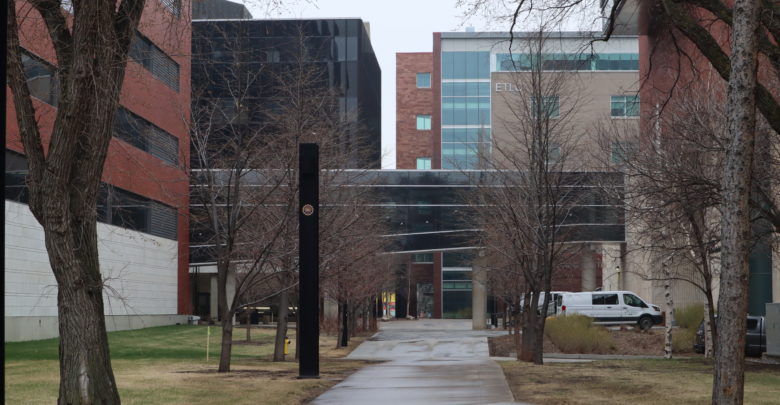 Emily Williams
Emily WilliamsIndustrial processes produce unintentional secondary materials called byproducts. A University of Alberta researcher has spent almost six years developing a method to better recycle carbon dioxide (CO2) and glycerol byproducts from various industries.
Yanet Rodriguez Herrero, a postdoctoral fellow in the department of chemical and materials engineering, spent her time as a doctorate student developing this method. She did so under the supervision of Aman Ullah, a professor in the faculty of agricultural, life, and environmental sciences. According to the researchers, Herrero’s findings could help lower carbon emissions and waste produced by industrial processes.
Herrero’s method can convert CO2 into methanol. This conversion could reduce waste emissions while simultaneously creating valuable source material for other processes. According to the researchers, it also uses 16 times less energy than the previous existing methods.
According to Ullah, reducing carbon emissions during industrial processes is difficult. Either they have to cut down on chemical conversion processes or use the waste carbon dioxide they produce.
“The ideal situation could be to use CO2 to produce something which is more easily available and can be used for different applications.”
“In the case of [CO2], we focus on producing methanol, because methanol has many functions,” Herrero said.
Methanol is often used to make common products, like fabrics, paints, and plastics.
“It could be used in many industries as a chemical itself. But also, it could be used as hydrogen storage so that we can transport that hydrogen to different places.”
Herrero’s method could help solve a problem in the emerging hydrogen economy
“The world is trying to transition towards cleaner fuels, and hydrogen is one of them,” Ullah said. According to him, one of the problems of the emerging hydrogen economy is the storage and transportation of hydrogen. However, Herrero’s method might be a solution for this, the researchers said.
As well, Ullah said that due to the increasing production of biodiesel, glycerol waste is increasing. Glycerol waste is a common byproduct of biodiesel and oleochemical processes. Biodiesel is biodegradable fuel made from vegetable oils and animal fats. Oleochemicals are compounds derived from natural fats and oils. They commonly substitute petroleum products.
“The utilization of glycerol to make some materials is really of interest to the oleochemical and the biofuel industry. If they dump it in the landfill or don’t manage it, then that’s waste production.”
Herrero and Ullah have also created a new way of converting glycerol into allyl alcohol (AA). Today, AA is obtained mainly through fossil fuel derivatives using processes that are multi-step, non-sustainable, and use non-renewable materials. It is then used in a number of commercial products and industrial processes.
The next step is figuring out how to scale the techniques up for the massive volumes involved in industrial processes. Ullah said this will be a challenge because the lab experiments were conducted on samples as small as 50 and 10 millilitres.
“You can see that when we go from this scale to a larger scale, a lot of things change. So for the industry, it will be challenging to scale it up and then make it commercially viable,” Ullah said.




